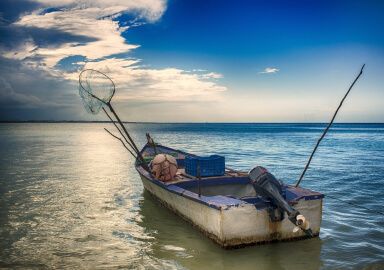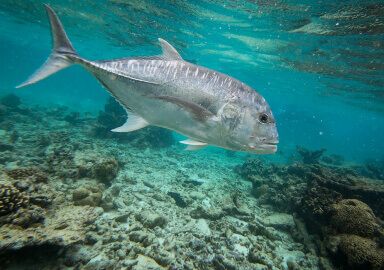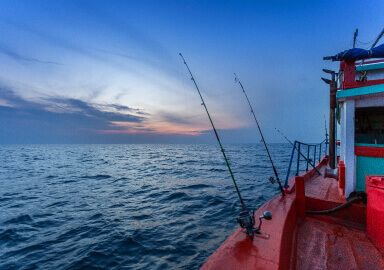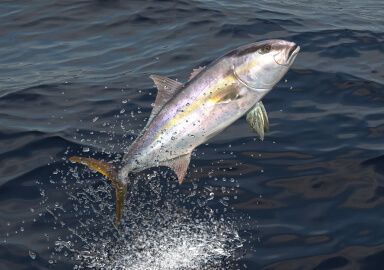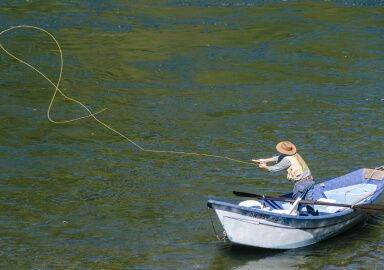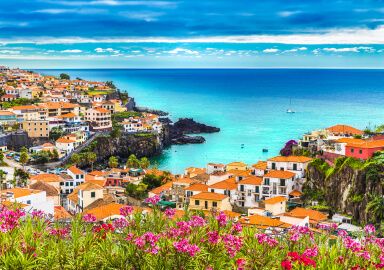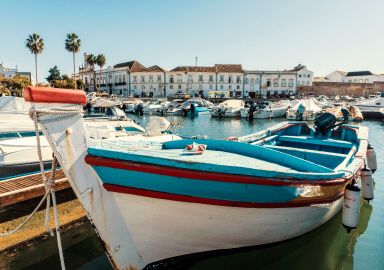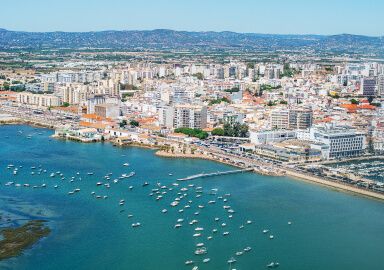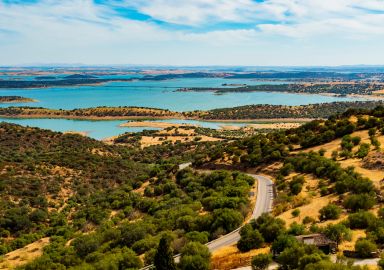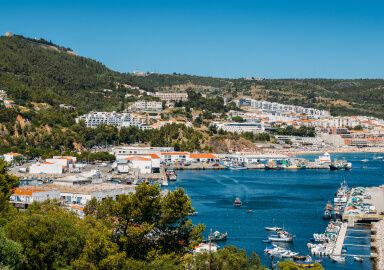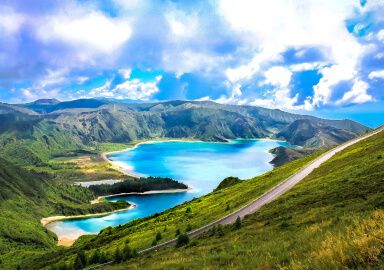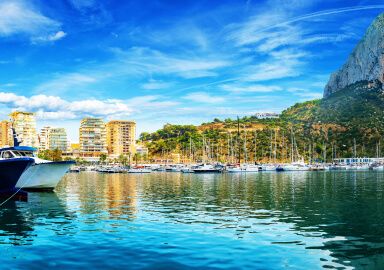Fishing in Canary Islands
Whether you are targeting the majestic blue marlin or the agile barracuda, the Canary Islands are a premier destination for recreational fishing.
View 5 listings
5
listings
–
price starting from
24
fish species
–
to the nearest trip
About Canary Islands
The Canary Islands are situated between 27° and 29° North latitude and 13° and 18° West longitude. The archipelago lies just 100 km. off the coast of Africa at its nearest point, and consists of seven main islands: Tenerife, Fuerteventura, Gran Canaria, Lanzarote, La Palma, La Gomera, and El Hierro, along with several smaller islets. The waters around the Canary Islands are deep, with the seabed plunging to several thousand meters just a short distance from the coast due to the steep slopes of the volcanic islands.
The islands are influenced by the Canary Current, a part of the North Atlantic subtropical gyre. This current flows southward along the northwest African coast, bringing cooler waters from higher latitudes.The region experiences coastal upwelling, particularly along the eastern side, where nutrient-rich deep waters rise to the surface, supporting abundant marine life. A unique feature of the Canary Islands is ongoing volcanic activity, especially around El Hierro, that creates unique underwater landscapes with hot vents and volcanic formations.
The Canary Islands have a subtropical climate, with mild temperatures year-round. Sea temperatures range from 18°C (64°F) in winter to 24°C (75°F) in summer. The combination of subtropical conditions, nutrient upwelling, and diverse habitats (rocky reefs, seagrass beds, and deep-sea environments) makes the Canary Islands a biodiversity hotspot. The islands attract millions of tourists annually, leading to pressures on coastal and marine environments.
Fishing is a traditional activity, but overfishing and illegal fishing practices pose threats to the marine ecosystem. Sustainable practices are being promoted to preserve fish stocks. All recreational anglers need to obtain a fishing license, whether fishing from shore or from a boat. There are different licenses for shore fishing and boat fishing. Licenses can be obtained from local municipal offices, online through the Canary Islands government's website, or via authorized vendors.
Certain species are protected and cannot be caught, such as some sharks and rays, certain crustaceans, and specific reef fish. There are minimum size limits for many species to ensure juvenile fish are not caught. For example, the minimum size for bluefin tuna is often strictly regulated. Daily bag limits are also in place. Spearfishing is allowed but may require an additional permit.
Certain areas around the Canary Islands are designated as Marine Protected Areas where fishing may be restricted or prohibited to protect marine biodiversity. Many charters practice catch and release, especially for species like marlin and large tuna, to promote sustainable fishing, and should be able to ensure you’re properly licensed.
Fishing Types
Fishing on the Canary Island is invariably done at the sea. Inshore, in waters up to 30 meters deep, you can catch barracuda, amberjack, and various species of snapper. Nearshore fishing is likely to result in catches of mackerel, bonito, and smaller tuna, while for big pelagics such as marlin and tuna you will need to go offshore. The Canary Islands have a fair assortment of reefs, especially around El Hierro and Tenerife, and wrecks, with several around Gran Canaria and Fuerteventura, where you find numerous structure-loving species from grouper and snapper to amberjack, wrasse, and bream.
Targeted Fish Species
The Canary Islands, with their rich marine biodiversity and ideal climate, offer a prime destination for recreational anglers. The waters surrounding these volcanic islands are teeming with a variety of fish species that are irresistible to both experienced and beginning anglers. There’s no bad time to visit the Canary Islands, especially if you want to catch such species as amberjack, abundant near reefs and wrecks around Tenerife and Fuerteventura, grouper on the rocky outcrops and reefs near La Gomera and El Hierro, as well as barracuda and Atlantic mackerel.
And of course there's the big catch. Bluefin tuna favors deep waters around Tenerife and Gran Canaria, while yellowfin tuna prefers offshore waters near Lanzarote and Fuerteventura. The ultimate trophy fish, blue and white marlin, also join the island party. The best season for pelagics, which also include wahoo, hammerhead and mako sharks, and dorado, depending on the species, starts in May-June and continues into September-October.
Fishing Techniques
The Canary Islands offer a wide range of fishing types and techniques suited for both novice and experienced anglers. The diverse marine environment, from inshore and nearshore waters to deep offshore locations, provides ample opportunities to catch a variety of species using methods like trolling, bottom fishing, jigging, and spearfishing. Light tackle is used for species up to mackerel, bonito, and amberjack, while heavy tackle finds its place offshore when pursuing giant marlin and tuna.

